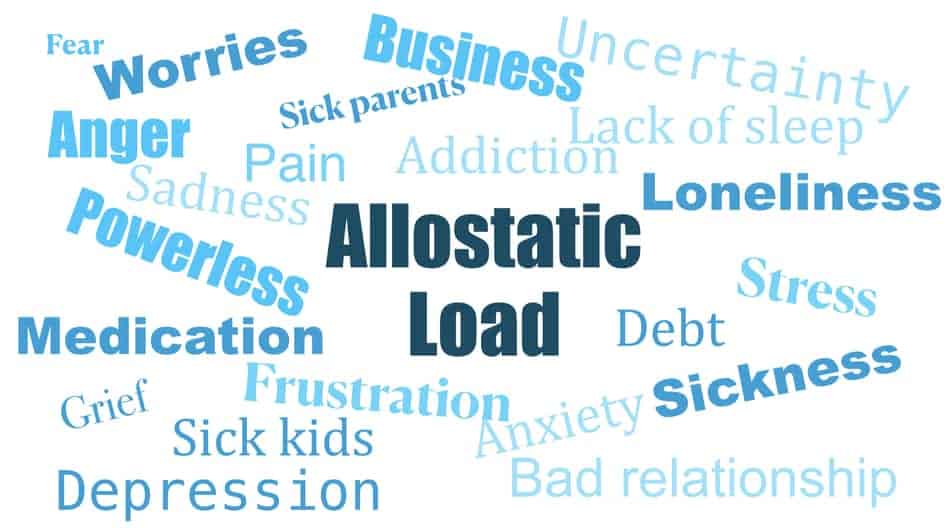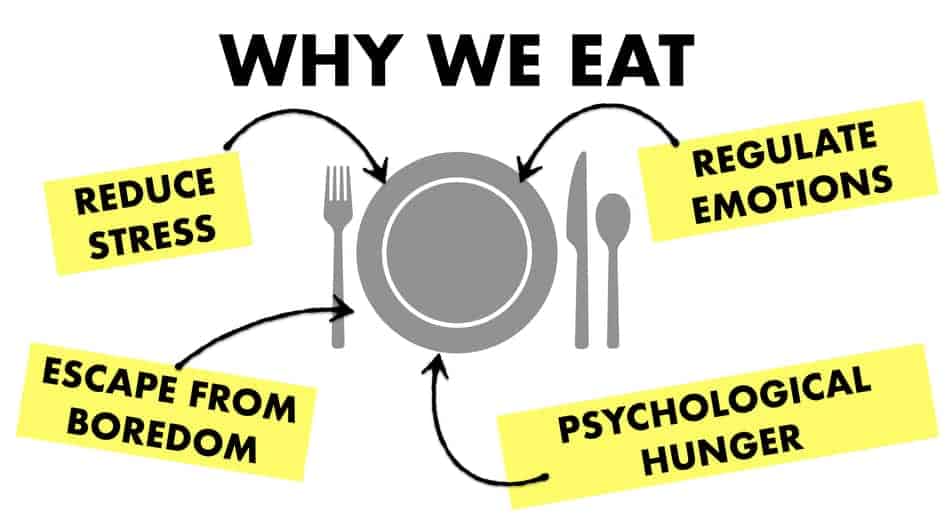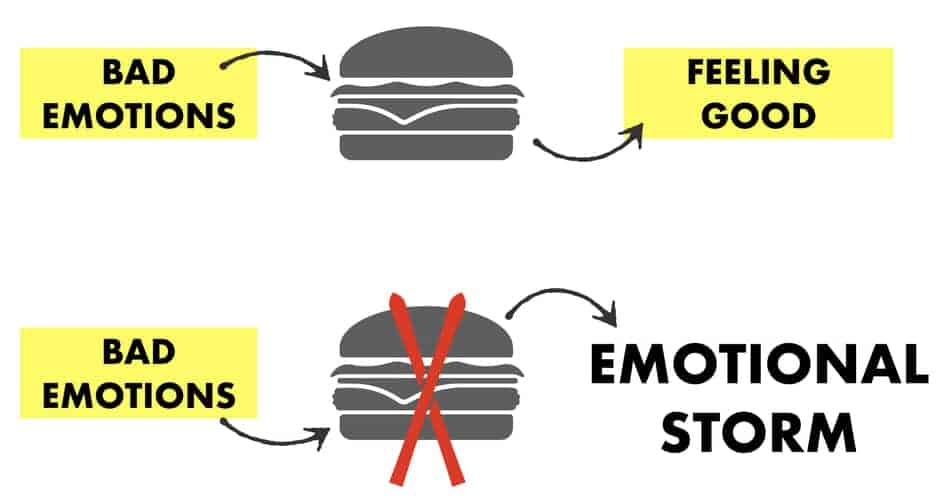
OMAD is one of the most difficult and advanced forms of intermittent fasting. It is straightforward, however, for some people, doing one meal a day can be difficult and problematic. But what is it that makes OMAD so hard?
In general, OMAD is hard because it only allows for a 1-hour eating window and restricts eating for another 23 hours. That’s why it is normal to feel hungry all the time. This may be difficult, especially for people who have overeating problems.
In this article I will dive deeper into mechanism behind why its so difficult to stay consistent on OMAD.
Is OMAD Difficult?
OMAD is difficult because it allows you to only eat once per day. Many people are not familiar with feeling hungry for most of the day, many days in a row. They are afraid that hunger will get worse. That’s why it seems like one meal a day is really hard to do.
Let me explain.
Have you’ve ever had a problem? Like a really big problem? Something that made you almost disconnected from the entire world, and other people around you? If not, then you probably taking some suspicious medications.
People who are in situations where they can bath in the stress (financial stress, family, health) tend to think about those problems constantly. They want to avoid those moments. They wish those moments would never happen and just disappear. They feel bad and shame about themselves. They feel like they are being judged by others.
They feel like they don’t control their life. And as they marinate in their big problem, the whole world seems to get smaller and smaller. They stopped doing things that they enjoy a long time ago. They are no longer seeking out happiness. They want to escape from pain and reality mode.
This is what it’s like to be in the brain of the person who has a lot of stuff going on in their life.
Stress is omnipresent. But some people clearly have more stress than others. And if your current situation gives you a lot on your plate, more than what you’re used to, then this will hit back on the nutrition results.
In case you wonder, intermittent fasting is physiological stress, too. And the more you already have on your plate, the less likely you will continue any form of weight loss.
That’s why you can have two people doing one meal a day, where one person is clearly thriving and feeling amazing, and another is falling apart, gets grumpy, and irritated easily (Yau, Y. H. 2013).
How Hard Is OMAD?
Generally, to answer the question on how hard is OMAD will depend on the amount of stress that you already have. Caloric restriction puts extra stress on the body. Sometimes, stress helps us to grow, develop and improve. But when stress is constant, it makes us progressively worse.
It’s all about sustainability, self-awareness, and your allostatic load.

What Is Allostatic Load?
In physiology and psychology, there is a term called allostatic load. It reflects the total amount of stressors that we have. That includes the things that happen to us, or to the people that we care for.
So going on a strict calorie deficit for the long term, and depriving yourself of the foods you want is also stress. Any additional stress that you put on the system can turn into a proverbial “explosion”. That’s when people give up. Simply because it’s too much going on.
Also remember that lack of positive stimulants like fun activities, deeper meaning in life, regular sleep, good nutrition, or anything else that positively impacts our ability to recover from stress will lead to overflow.
In the graph below, on your right side, you can see things that add to the stress and lowers the ability to recover from it. On the left side, you see activities that lower the stress and improves the ability to recover.

The more stressors you have on your shoulders, the more likely one meal a day will be harder on you. That’s why you may see two people doing OMAD, with two different results.
Eating Food To Reduce Stress
OMAD is one of the most extreme protocols of intermittent fasting. It requires you to eat only once a day. It’s a big ask so to speak.
And many people use food as a way to deal with their stress. Eating food kick starts digestion, activates parasympathetic response, and stimulates feel-good hormones (oxytocin, serotonin).
It’s a painkiller, so to speak.
The problem is when people only use food to deal with stress. Because once they start intermittent fasting (not eating) all this stress will come into the light.

Imagine this for a moment. Imagine a person who is using food to numb every uncomfortable emotion, every bit of negative feelings, and every stressful situation he or she has.
And if that person is doing that for years, or even for decades, what will happen when they go on one meal a day?
All this tried and tested mechanism to numb the discomfort is gone. So now that person is dealing with all those emotions in a novel way, without reaching to the pantry.
That’s why people lose control of OMAD. It’s because they experience an emotional storm that is driven by internal discomfort. And the only way “out” is good old food (Frayn, Mallory et al. 2018).

Food is comfort.
Being fed is a memory of protection. Ever since we’ve been little we needed to be carried around to be fed. The bottle had to be heated to the right temperature. The baby’s head had to be at the right angle. Feeding means security, safety, closeness, and pleasure.
That’s why at the beginning it can feel foreign. And some people may even freak out because they have never felt real hunger before.
We got used to eating a lot of food. And we don’t stop until our belly is full. Even daily. That’s why radical change such as eating one meal a day initially can feel like a trip to Mars. Generally, we feel uncomfortable with being hungry.
Constant eating and filling out the belly daily lower our tolerance for hunger. And the only way to increase that tolerance is by practice. That’s why OMAD is a great tool. Because it helps us not only to lose weight, but it teaches us how our body responds to a lack of food.
Can You Stay Consistent on OMAD?
You can stay consistent on OMAD by improving your hunger tolerance, creating an environment that supports your goals, and being mindful of your thoughts when you do not eat. Organizing your surroundings, mindful eating practices, and having a food journal will help you endure the process.
There are several ways to do it. And it’s got nothing to do with willpower. The biggest obstacle is emotional eating. People eat not because they are really hungry. They eat because of their psychological hunger. They use food as a way to avoid distress.
When they stressed out, they eat. When they feel bored, they eat. When they feel lonely, they eat (Montagrin, Alison et al. 2021).
That used to be my big problem. I didn’t know how to properly express my emotions. In my home, there was no solid emotional education. We never discuss our emotions.
It took me years of education to learn about myself and my emotions.
Take Away
I hope this article helped to clarity why doing OMAD is so tough and why some people may feel like thriving when others feel like they cannot handle it.
People who have weight problems are not used to deal with their emotions without food. Therefore, once they start intermittent fasting, and the only solution that they had for regulating their emotions have gone, they panic and binge.
